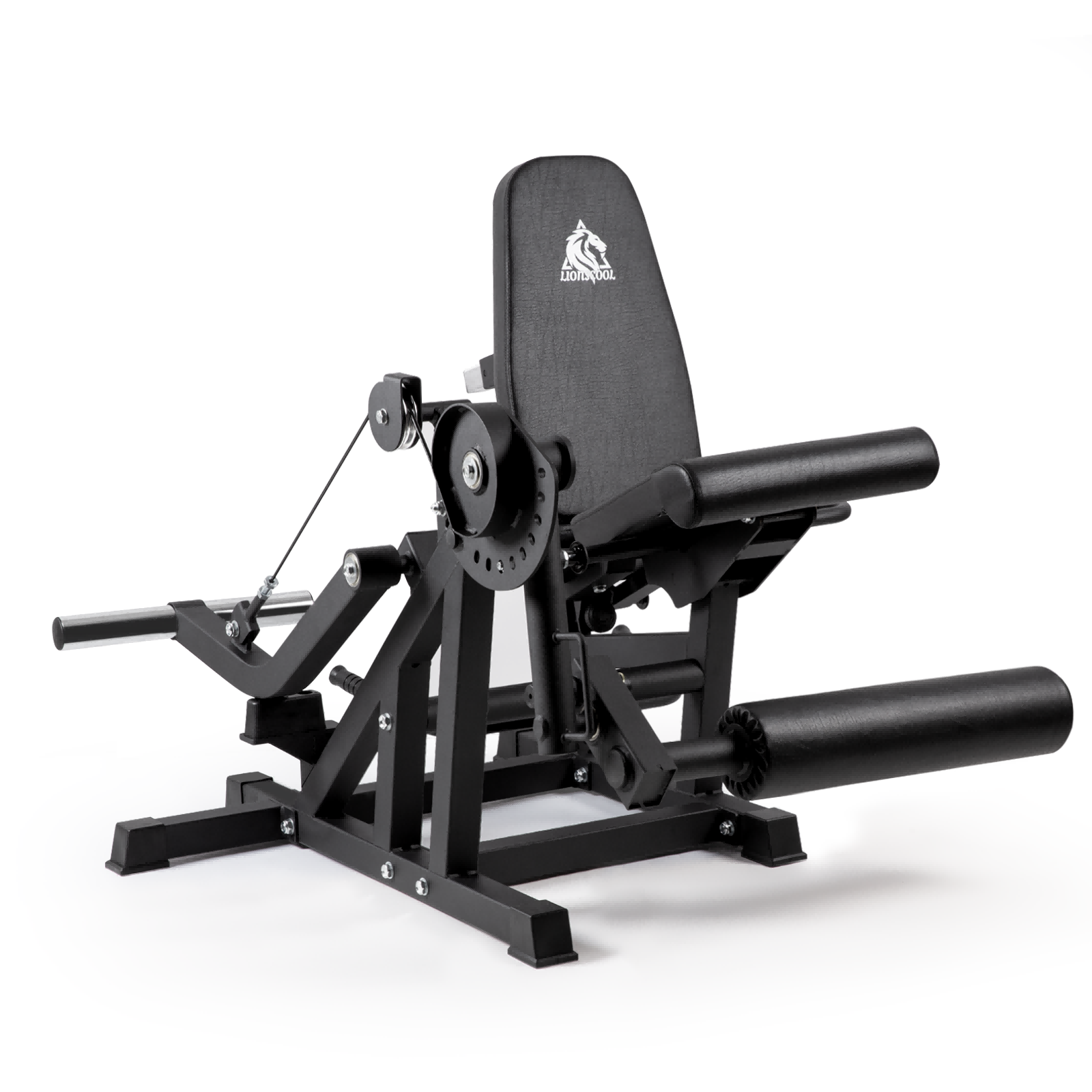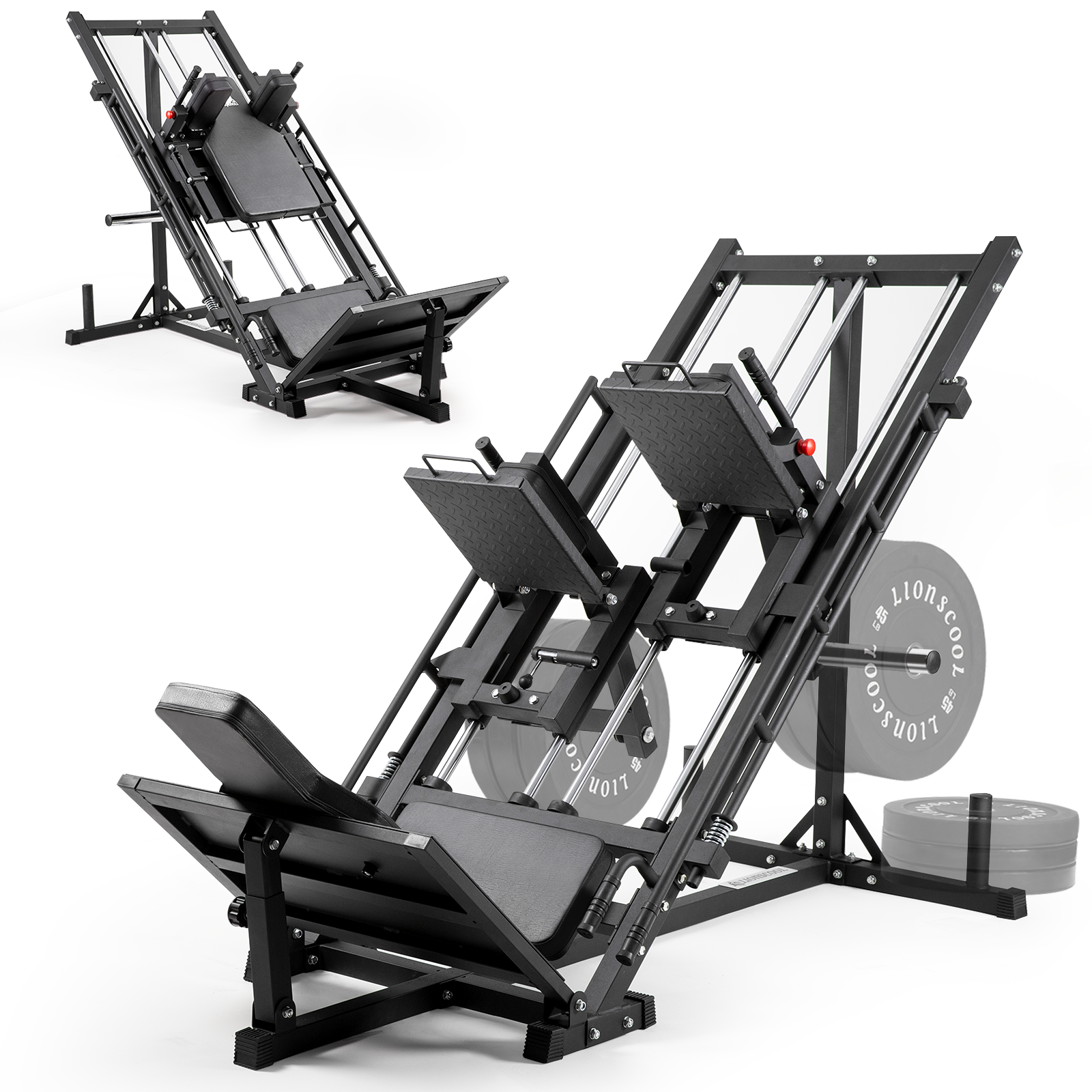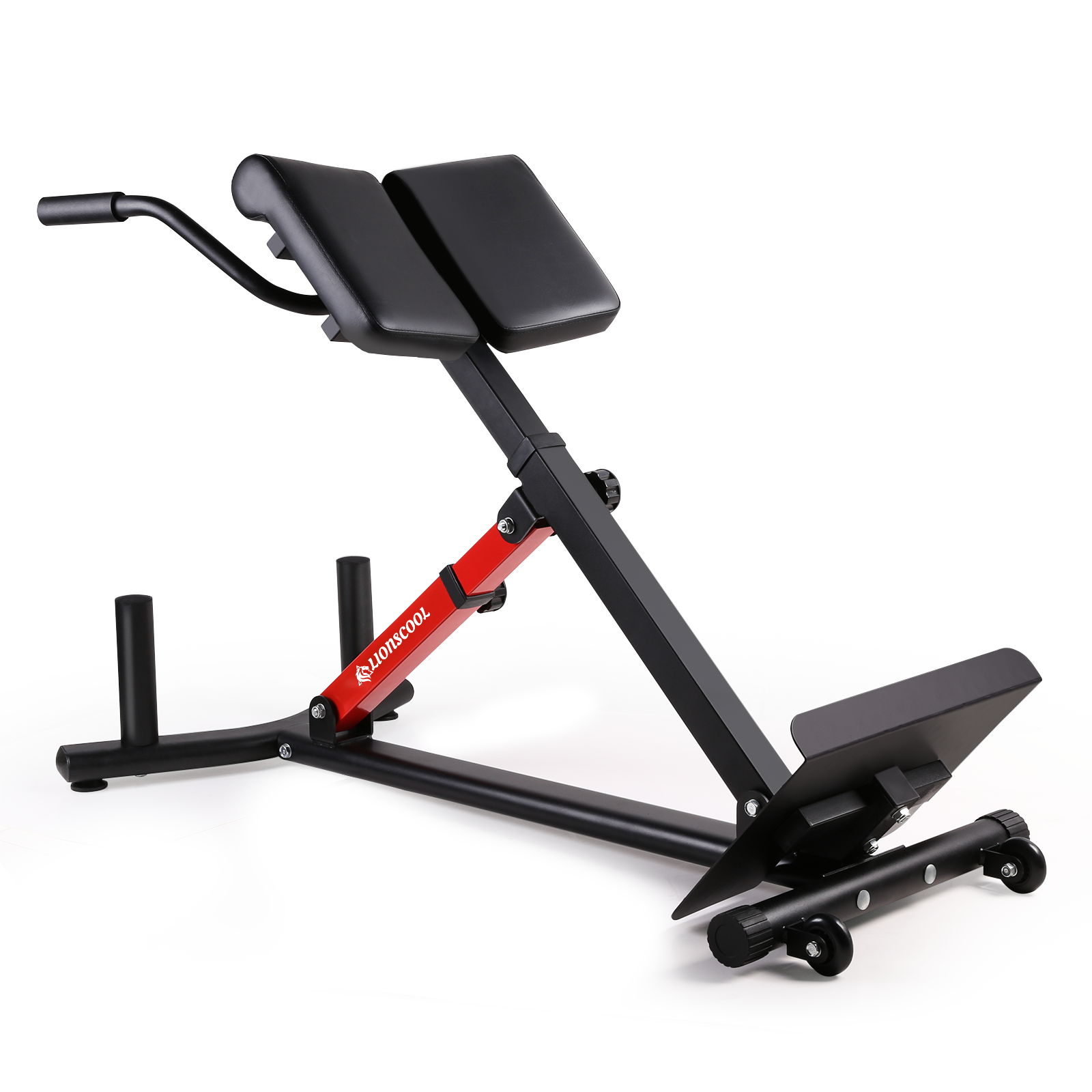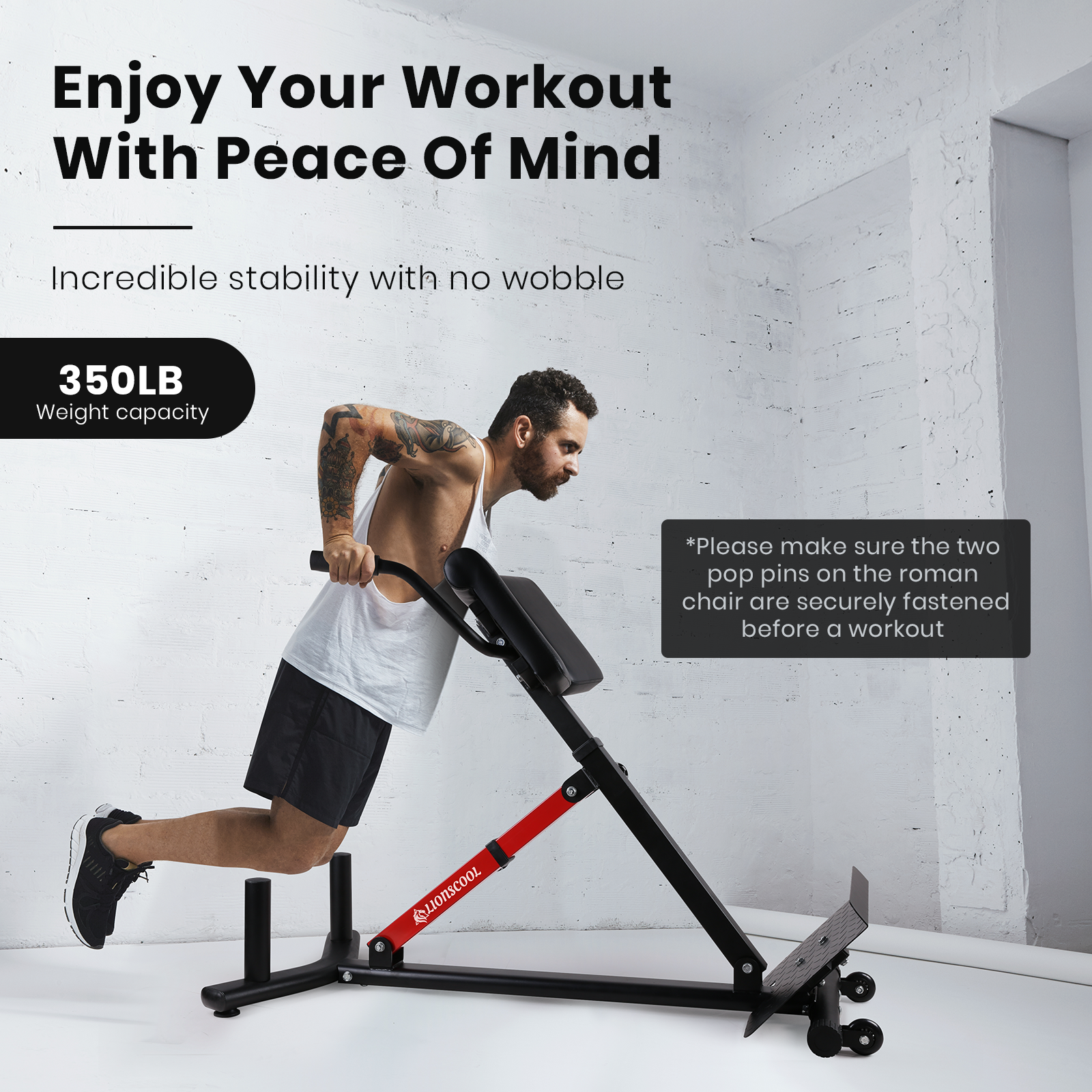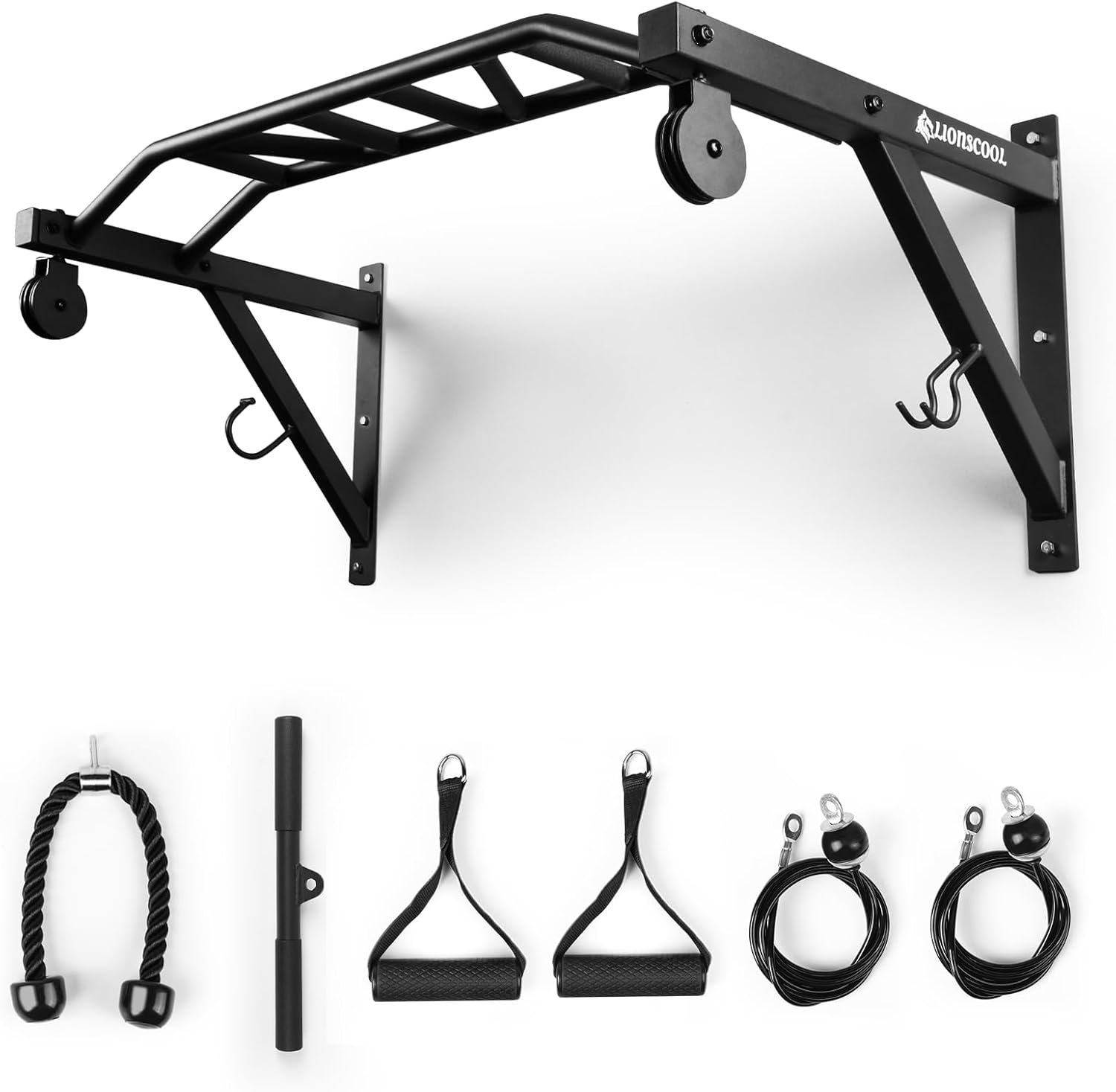Are Leg Extensions Bad for Knees?
Introduction
You sit down at the gym, slide your legs under the padded bar, and start pushing. The movement feels simple, almost too easy—until your knees start to ache. Suddenly, you might wonder: are leg extensions bad for knees?

This is one of the most debated exercises in fitness. Some trainers avoid it completely, while others recommend it for building strong quads or even for rehab. So, what’s the truth? In this article, we’ll break down the risks, benefits, and safer ways to approach leg extensions.
What Are Leg Extensions?
Basic Definition
Leg extensions are an isolation exercise performed on a machine where you sit down and extend your legs against resistance.
How the Exercise Works
When you push the padded bar upward using your lower legs, your quadriceps contract and lift the weight. Unlike squats or lunges, this exercise mainly targets one muscle group without much help from other muscles.
Who Usually Does It
You’ll find leg extensions used by:
- Gym-goers building leg strength.
- Athletes who want to improve jumping and sprinting.
- People in rehabilitation programs strengthening their quadriceps after knee surgery.
Why Do People Think Leg Extensions Are Bad for Knees?

Pressure on the Knee Joint
The main concern with leg extensions is the stress they place on the knee joint, especially at the top of the movement. When the leg is fully extended, the joint experiences a high level of shear force.
Common Complaints
Some people report pain around the front of the knee or near the kneecap after doing this exercise. This is often linked to excessive weight, poor form, or existing knee issues.
Mistakes That Increase Risk
- Using very heavy weights.
- Locking the knees at the top.
- Moving too quickly or jerking the legs.
Are Leg Extensions Always Bad for Knees?
For Healthy Knees
If your knees are healthy and you use proper form, leg extensions are usually safe. Many people can perform them without pain.
For People with Knee Problems
If you already have knee issues such as patellar tracking problems or arthritis, leg extensions might not be the best choice. In these cases, the exercise can irritate the joint further.
What Experts Say
Most trainers and physical therapists agree: leg extensions are not automatically bad. The key is to use them in moderation, pay attention to your body, and avoid excessive load.
Benefits of Leg Extensions (When Done Correctly)

Despite their bad reputation, leg extensions offer some clear advantages:
- Strengthening the quadriceps – This muscle is essential for walking, running, and climbing stairs.
- Rehabilitation support – Doctors sometimes recommend controlled leg extensions for recovery after knee surgery.
- Improved sports performance – Strong quads help with sprinting, cycling, and explosive movements.
How to Do Leg Extensions Safely
Control the Weight
Start light and gradually increase. Heavy loads put unnecessary stress on your knees.
Choose a Safe Range of Motion
Avoid locking your knees. Instead, stop just short of full extension to reduce joint stress.
Train Slowly
Perform the movement in a controlled way—no jerking or swinging. This builds muscle while protecting your joints.
Try Other Supporting Exercises
Balance your training with compound moves like squats and lunges, which strengthen multiple muscles around the knee.
Alternatives to Leg Extensions

If leg extensions cause discomfort or you want variety, try these alternatives:
- Squats – Great for overall leg strength.
- Lunges – Improve balance and engage stabilizing muscles.
- Leg Press – Safer for some people with knee pain.
- Step-ups – Functional exercise that mimics everyday movements.
Final Verdict: Are Leg Extensions Bad for Knees?
So, are leg extensions bad for knees? Not necessarily. They can be safe and effective when performed correctly, especially for people with healthy joints. However, they are not the best option for everyone, especially those with pre-existing knee issues. The smartest approach is to listen to your body, use proper form, and consult a professional if you have knee pain.
FAQs
Are leg extensions bad for everyone’s knees?
No. Healthy individuals can usually perform them safely, but those with knee problems should be cautious.
What’s the safest range of motion for leg extensions?
Avoid full lockout. Stop just before the knees straighten completely to reduce stress.
Should I avoid leg extensions if I have knee pain?
Yes. If you experience pain, stop immediately and consult a doctor or physiotherapist.
What’s a good alternative exercise?
Squats, lunges, and step-ups are safer options that also strengthen the legs.
At the end of the day, leg extensions are not automatically bad for your knees—it all comes down to form, control, and the right equipment. Training with smooth motion and proper support can make a big difference, especially for protecting your joints while strengthening your quads.
If you’re building a home gym or upgrading your equipment, consider investing in a machine designed with knee safety in mind. The Lionscool Leg Extension offers >1:1 cable ratio, ergonomic design, and solid durability—helping you get the benefits of leg extensions while minimizing strain on your knees.
Train smarter, not harder. Give your knees the support they deserve with Lionscool.





